Sugar Snap Climbing Pea
$4.49
Pisum Sativum
- Seed Count 25
- Sweet Edible Pods
- Annual
In stock
Description
Sugar Snap Climbing Peas is a very popular pea variety that produces stringless juicy pea pods reaching 8 – 9 cm in length and suits both professional and home growers.
These peas are vining plants that grow best when supported by a trellis, fence, or any other vertical structure and they can reach heights of 2 m.
The pods are thick walled and tender and will provide many weeks of crisp, sweet peas that can be eaten as a whole pod when they are young or left to grow larger to use as a shelling pea.
Pods should be picked when they are still young, tender, and the peas inside are just beginning to swell. Regular harvesting encourages more production.
Consistent watering is important, especially during dry spells, to ensure good pod development. However, avoid waterlogging, as this can lead to root diseases.
| Method: Sow direct | Soil Temp: 8°C - 24°C |
| Cool Mountain: Mar - Oct | Position: Full sun |
| Arid: Mar - Aug | Row Spacing: 50cm apart |
| Temperate: Mar - Sep | Planting Depth:10 mm |
| Sub Tropical: Apr - Jul | Harvest: 100 days |
| Tropical: Apr - May | Plant Height: 2 m |
Choosing the Right Variety
Peas are divided into two main types: bush peas and climbing peas.
Bush Peas:
- Compact plants that grow to about 1 m tall.
- Do not require trellising.
- Will benefits from light support from 1 m stakes
- Ideal for small gardens or containers.
- Lower yield per plant but easier to manage.
- Harvest period: Shorter harvest window.
Climbing Peas:
- Vining plants that can grow up to 2 metres tall.
- Require trellising or a support structure.
- Produce higher yields over a longer period.
- Extended harvest window.
Climate
- Peas thrive in cool to mild climates and are best grown in autumn, winter, and early spring in most parts of Australia.
Soil Preparation
PH:
- Peas prefer well-draining, fertile soil with a pH between 6.0 and 7.5.
Soil type:
- Loamy soil is ideal, but peas can grow in most soil types if well drained.
Amendments:
- Add compost or well-rotted manure to improve soil fertility.
Drainage:
- Ensure the soil is not waterlogged, as peas are prone to root rot.
Planting
Seed spacing:
- Sow seeds 20 cm apart and 1 cm deep.
Row spacing:
- Leave 20 cm between rows.
Support:
- Install trellises, stakes, or netting at planting time to avoid disturbing roots later.
Watering
- Keep the soil consistently moist but not waterlogged.
- Water deeply once or twice a week, depending on rainfall.
- Avoid overhead watering to prevent fungal diseases.
Fertilising
- Peas are light feeders and can fix their own nitrogen with the help of rhizobia bacteria in the soil.
- If needed, apply a balanced fertiliser at planting time.
- Avoid high nitrogen fertilisers, as they promote leafy growth at the expense of pods.
Pest and Disease Management
Common Pests
Aphids:
- Spray with a mild soap solution or introduce beneficial insects like ladybugs.
Pea moths:
- Use row covers to protect plants.
Snails and slugs:
- Handpick or use organic baits.
Common Diseases
Powdery mildew:
- Ensure good air circulation and avoid overhead watering.
Fusarium wilt:
- Rotate crops and avoid planting peas in the same spot for 3-4 years.
Harvesting
Snow peas:
Harvest when pods are flat, and seeds are just beginning to form.
Sugar snap peas:
- Harvest when pods are plump but still tender.
Shelling peas:
- Harvest when pods are fully rounded but before they become tough.
Regular harvesting encourages more production.
Companion Planting
Good Companions
Carrots:
- Peas provide shade for carrots, which prefer cooler soil.
Radishes:
- Help deter aphids and other pests.
Corn:
- Acts as a natural trellis for climbing peas.
Lettuce:
- Benefits from the nitrogen fixed by peas.
Cucumbers:
- Grow well alongside peas and share similar soil requirements.
Plants to Avoid
Onions and garlic:
- Can inhibit pea growth.
Potatoes:
- Compete for nutrients and may increase the risk of disease.
Tips for Success
- Rotate crops annually to prevent soilborne diseases.
- Mulch around plants to retain moisture and suppress weeds.
- Pick peas regularly to encourage continuous production.
Order Times
Seed orders are normally dispatched within three business days. You will receive an email when seeds are mailed out.
Postage Days
Seeds are mailed out Monday to Friday at 1pm. Except for the Friday of long weekends.
Postage Times
WA 2-3 Days: SA,NT 3-5 Days: NSW, ACT, QLD, VIC: 5-7 Days
Carrier
We use Australia Post Letter Postage for the majority of orders
Not only are our seeds packed in recycled paper envelopes, we keep the theme going when we post out website orders. To protect your seeds from moisture and the letter box munchers (snails), we use a very special plastic free material made from plants. They are then put into recycled mailing envelopes. Green all the way 💚🌿





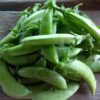
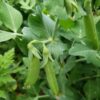
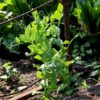
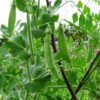


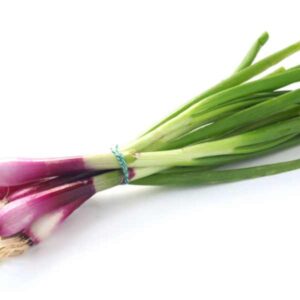
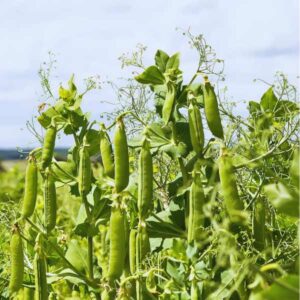
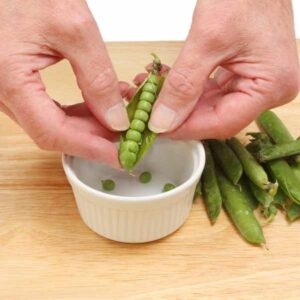
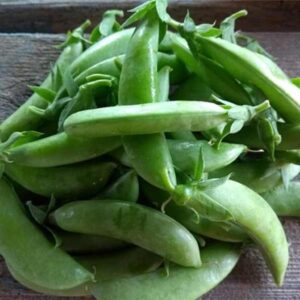
Reviews
There are no reviews yet